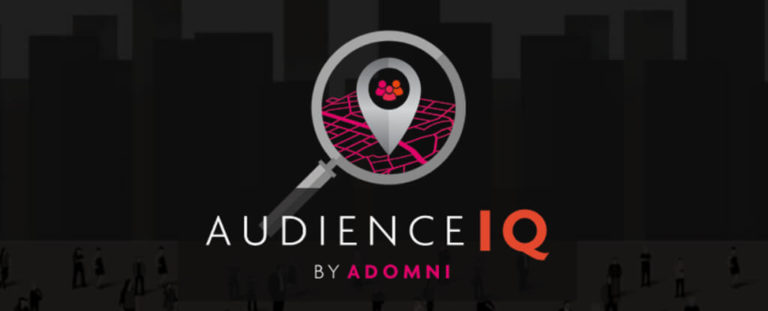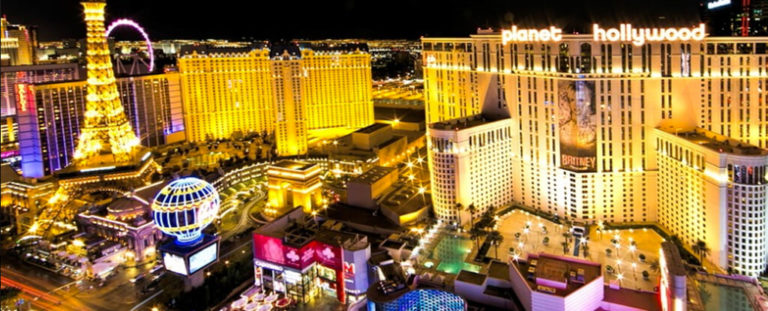Out of home sales predictions for 2020
Published: December 20, 2019
Insider asked four automated out of home sales platform execs to share predictions for 2020 and this is what they said:
Jonathan Gudai, CEO of Adomni
- New outdoor digital screen networks emerge to massive reach and high-impact messaging to street-level audiences in urban areas. Why it matters: As fragmentation of audiences continues on traditional channels in the home and online, advertisers will be looking for new ways to squeeze performance out of their ad dollars. The new digital out of home ad mediums will cut through the noise and offer captivating storytelling opportunities, with video content to boot.
- Omnichannel advertising finally lives up to the name by including DOOH in a significant way. This transition will happen by way of the omni-channel DSPs who will finally offer programmatic DOOH as a natively connected channel in their platform. Additionally, in-house and agency programmatic teams will utilize DOOH as a larger part of their programmatic media mix. Why it matters: More revenue for DOOH media owners. More results for digital advertisers.
- Audience targeting and attribution for DOOH go next level. We will move beyond just mobile location data as a key source of audience insights. Newly available first-party, deterministic data sets and “at-your-fingertips” analytics will emerge to connect the dots for advertisers; answering the holy grail question of “who was exposed to the DOOH ads and what was their subsequent behavior?” Why it matters: It will unlock new digital-centric budgets that have been waiting for a quantitative way to justify DOOH media spend.
Daniel Fleischer, General Manager Blip Canada and VP Marketing, Blip Billboards
I keep hearing how 2020 is going to be the breakout year for programmatic purchasing and execution in OOH, perhaps alluding to some kind of inflection point. While it is true that the spend is increasing YOY, I think we have to get a bit more granular to understand ground level evolutions that are feeding the trend.
- Universality among OOH measurement methodologies will become a critical focal point. We’re experiencing a glut of data already, and to quote a Canadian industry peer who I greatly admire (Amanda Dorenberg), we need to provide a “clear and simple understanding of [the data’s] relevance to our advertisers.” Perhaps Geopath will help solve this challenge so that we can continue to facilitate how data is used for omnichannel and cross-sector buys.
- With low cost of capital and a generally strong economic outlook, M&A activity will continue at a brisk pace. While this can sometimes be perceived cautiously inasmuch as democratic access to our medium is concerned, the consolidation can also make it even more attractive for new advertising dollars to be facilitated into our OOH space.
- National brands will continue to expand their focus beyond the top 25 DMAs. With increased adoption of automation and programmatic platforms (yes, they are distinct, but let’s discuss that another time), ] such facility will give OOH more attractiveness for media planners.
Matt O’Connor, CEO of Adquick:
- The US digital out of home market grows to $200-$300M, for a growth rate of 30-100%. Given the baseline is such a tiny percentage of the overall ad market, a small amount of TV or digital dollars moving to programmatic outdoor can move the needle very meaningfully. Lastly, programmatic can grow very quickly. Digital programmatic went from 10% to 60% in 6 years online.
- New media owners and new media types emerge — As more physical spaces can become OOH advertising units and as more (civilian) owners of those spaces can become official media owners, the addressable OOH market will grow — and grow exponentially. This will be one of the biggest drivers to propel OOH advertising into an entirely new realm of opportunity from this point forward.
- Continued adoption of real-time bidding (RTB) in programmatic OOH and growth of digital OOH (DOOH) will uncover true market value – Whatever your perspective may be in this debate, one thing is certain: the growing shift towards programmatic, whether via Real Time Bidding (RTB) or some variation on a theme, will bring new clarity and stability to OOH pricing, ultimately unlocking its true market value over time
- Paid social has become too expensive as a primary acquisition driver – We already know that digital advertising costs are increasing year after year, spurred on by the rapid growth of DTC brands that have relied on it as a primary driver of sales. While there are all sorts of market dynamics at play, what’s become abundantly clear is that digital advertising, especially paid social, is no longer the one-trick pony it used to be. Ultimately, as prices and competition continue to increase in the digital space, especially for paid social, and the effectiveness of digital as the primary driver of customer acquisition begins to lose some ground, marketers will have no choice but to shake up their media mix to see results
Michael Provenzano, CEO and Co-Founder of Vistar Media
- With the rise of omnichannel DSPs and brands now including programmatic DOOH as an always on strategy with large scale budgets attached, we expect 2020 to see a sharp uptick in the volume of new spend flowing into OOH from other channels. This is primarily thanks to the tipping point of programmatic capabilities being widely adopted by publishers and more deeply integrated into existing omnichannel platforms.
- On the supply side, more and more “non-traditional” out-of-home companies are tapping into the opportunities to monetize their screens and, more importantly, their audiences. From vending machines (Vengo) to EV charging stations (Volta) to kiosks of all sorts (KeyMe) to gym equipment (Life Fitness), new types of hardware and service providers are incorporating OOH into their operations, while new types of venues, from sports entertainment facilities (TopGolf) to cannabis dispensaries (Enlightened), are connecting advertisers with their unique audiences.
- With the approaching political season casting further scrutiny on digital advertising, Consumers and voters alike are increasingly mistrusting any political ad seen on social platforms, including legitimate campaign messages. On the flip side, data shows that consumers highly “trust” OOH as a medium and view messages in OOH as reliable.
- Given the plethora of problems plaguing digital — like brand safety, fake news, ad blocking, viewability, fraudulent bot traffic — OOH is a safer option for brands and a viable contender for digital dollars. Brand marketers are increasingly shifting ad spend from digital as a result.
To get the latest updates on out of home advertising, digital marketing and technology, follow us on:
Or sign up for our newsletter.






